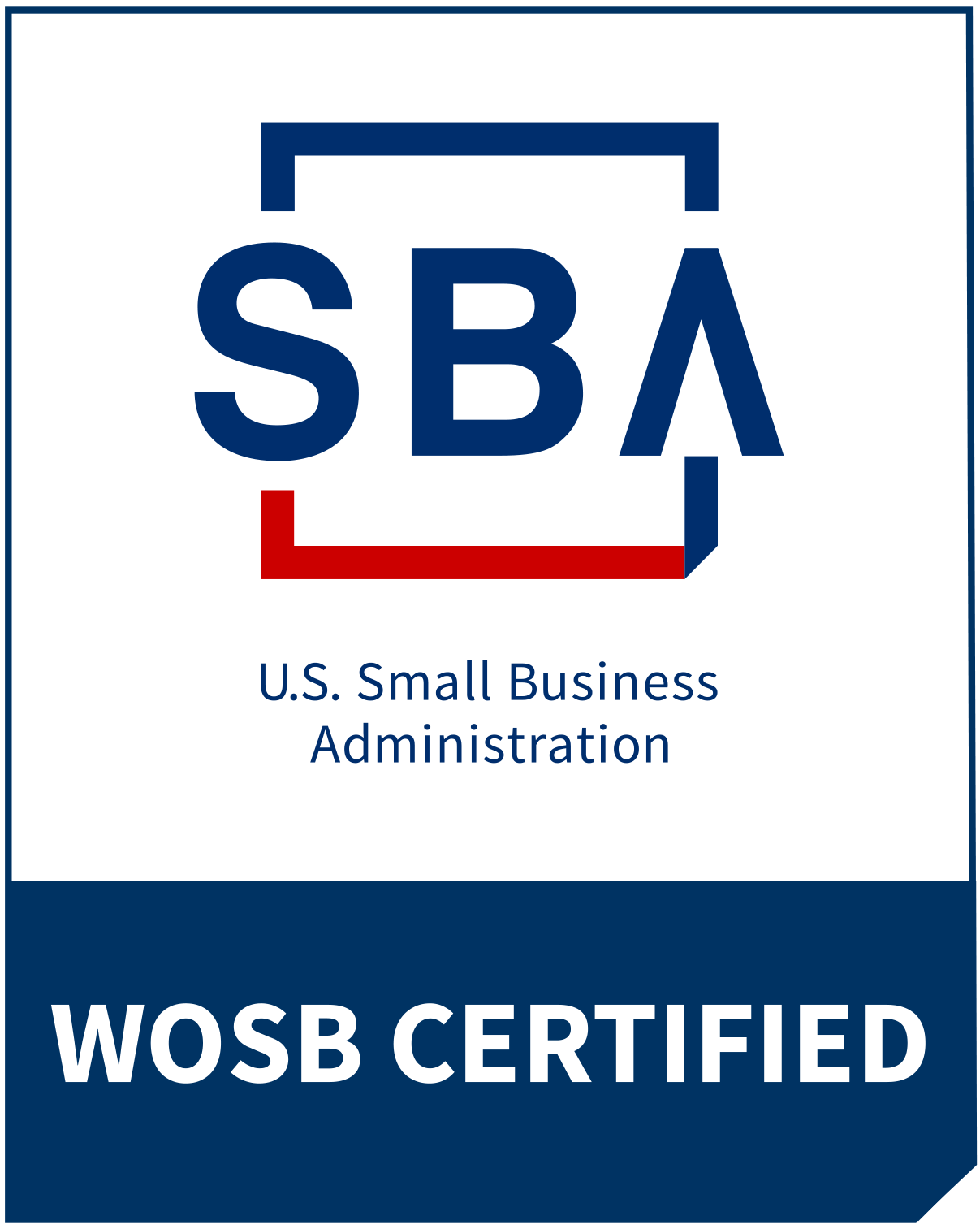Standard Operating Procedures: The Roadmap to Growth
- admin
- 0 Comments
- November 30, 2023
Standard Operating Procedures – The Roadmap to Growth
For entrepreneurs and small business owners, having clear and consistent systems and processes in place is critical for success. One of the most effective ways to systematize operations is through creating standard operating procedures (SOPs).
What Are Standard Operating Procedures?
Standard operating procedures, commonly called SOPs, are written documents that outline the steps required to complete key organizational processes and activities. SOPs document the most efficient and effective way to perform tasks to achieve consistency, quality, and desired outcomes.
For small businesses, especially in the services industry, SOPs are invaluable for systematizing processes, onboarding new employees, maintaining quality control, and scaling up the business smoothly. Well-designed SOPs are a roadmap for employees to complete tasks correctly and consistently every time.
Benefits of Implementing SOPs
There are many significant benefits for small businesses that develop comprehensive SOPs:
Consistency: With documented procedures, employees can maintain consistency across the organization in how tasks are performed. This leads to uniform outputs regardless of who completes the work.
Onboarding Efficiency: New hires can get up to speed much faster by learning processes through SOPs. This shortens the learning curve.
Preservation of Knowledge: Critical operational knowledge remains in the SOP documentation if a key employee leaves.
Improved Compliance: SOPs ensure that all employees follow regulations, standards, and guidelines during operations. This reduces risk.
Increased Efficiency: By optimizing processes into an SOP format, inefficiencies can be eliminated, allowing work to be completed faster.
Ability to Scale: As a small business grows, SOPs allow it to efficiently scale operations while maintaining quality control.
Creating Effective Standard Operating Procedures
When creating SOPs, it is important to have an organized process that results in documents that are professional, easy to follow, and designed for the end user. Here are some tips:
Identify critical processes: First, document the highest priority processes that impact customer satisfaction, revenue, and compliance.
Outline the steps: Break down each process into step-by-step procedures that are streamlined and optimized.
Keep it simple: Avoid overly complex language and keep sentences short and direct. Use bullet points and numbered lists for clarity.
Use visuals: Insert screenshots, photos, diagrams, and flowcharts to illustrate complex concepts simply. Record a video of a top performer doing the task when possible.
Standardize the format: Maintain a consistent structure and tone across all SOPs for better comprehension.
Review and refine: Have subject matter experts and employees who perform the tasks review SOP drafts to improve them.
Update frequently: Monitor processes for changes needed and update SOPs regularly to avoid outdated content.
Choose wisely: Assign subject matter experts who know the process and perform the task the best to write initial drafts.
Get leadership input: Have managers and executives provide feedback to ensure alignment with company objectives.
Keep them accessible and organized in a central repository: Save the current versions in a central repository that all employees can access. Organize them in a way that makes sense for your organization.
Rollout Strategies for SOP Implementation
Once SOP documentation is complete, effectively rolling it out to employees is critical for adoption. Strategies to consider include:
Initial training: Conduct hands-on training sessions for employees performing the tasks to learn the new SOPs.
Reinforce with coaching: Provide ongoing coaching and feedback as employees adjust to the new procedures.
Audit implementation: Periodically audit employees on how well they are complying with the documented SOPs.
Incorporate into onboarding: Use SOPs as part of onboarding programs to set expectations for new hires.
Make easily accessible: Have SOPs available on the company intranet, shared drives, or employee manuals for easy reference.
Update as needed: When processes change, ensure updates to SOPs are promptly communicated.
Standard Operating Procedures in Action
SOPs can transform business functions when implemented effectively. Some examples include:
Sales department SOPs around lead qualification, proposal development, and client onboarding to increase sales productivity and unify messaging.
Billing department SOPs to ensure timely and accurate invoices, reduce errors, and accelerate collections.
Customer support SOPs that standardize troubleshooting processes and empower customer service teams to provide excellent service efficiently
Onboarding checklists that orient new employees on corporate policies and equip them with the tools needed to be productive quickly.
Safety and security procedures to keep employees safe and facilities protected.
Manufacturing SOPs that provide step-by-step machine operation, preventive maintenance, inventory management, and quality assurance protocols for seamless production.
The Bottom Line
Implementing comprehensive, well-designed standard operating procedures is a foundational practice for businesses seeking to scale. Documenting institutional knowledge through SOPs leads to streamlined operations, increased efficiency, and consistent outputs regardless of employee turnover. Following defined steps also leads to improved compliance, optimized onboarding, and the ability to grow the business smoothly. With a commitment to creating, rolling out, and reinforcing SOPs across the organization, small business leaders can drive productivity, profitability, and sustainable growth for long-term success.
Growing Successfully But Feeling the Cultural Cost?
Your business is scaling, but something doesn't feel quite right. You're watching your company grow while worrying about preserving what makes it special. The processes that once worked smoothly now feel strained, and you're spending more time putting out fires than leading with vision.
The solution isn't choosing between growth and culture—it's building systems that support both. My 3S Profit Optimizer framework helps you secure more clients, streamline operations, and supercharge scalability while protecting what makes your company unique. I've helped numerous businesses scale thoughtfully without losing their soul.
Let's create processes that strengthen—not strain—your culture. Take action now and click below.
Related Posts





